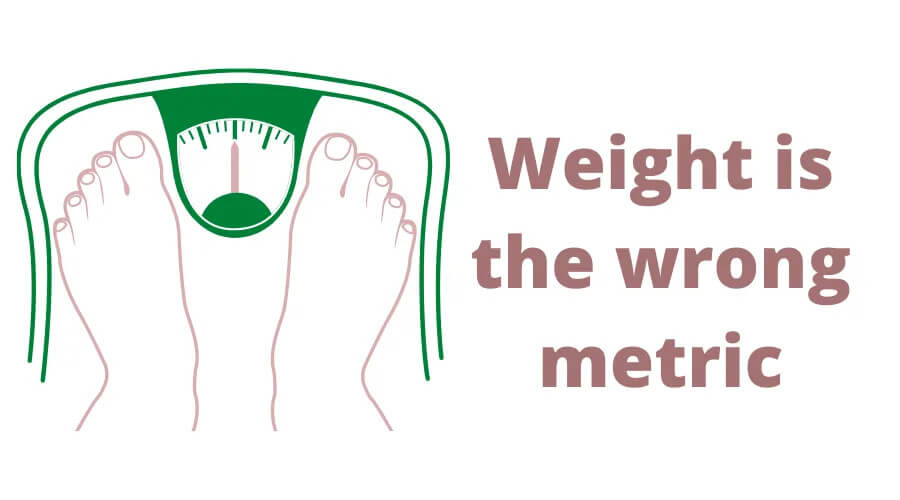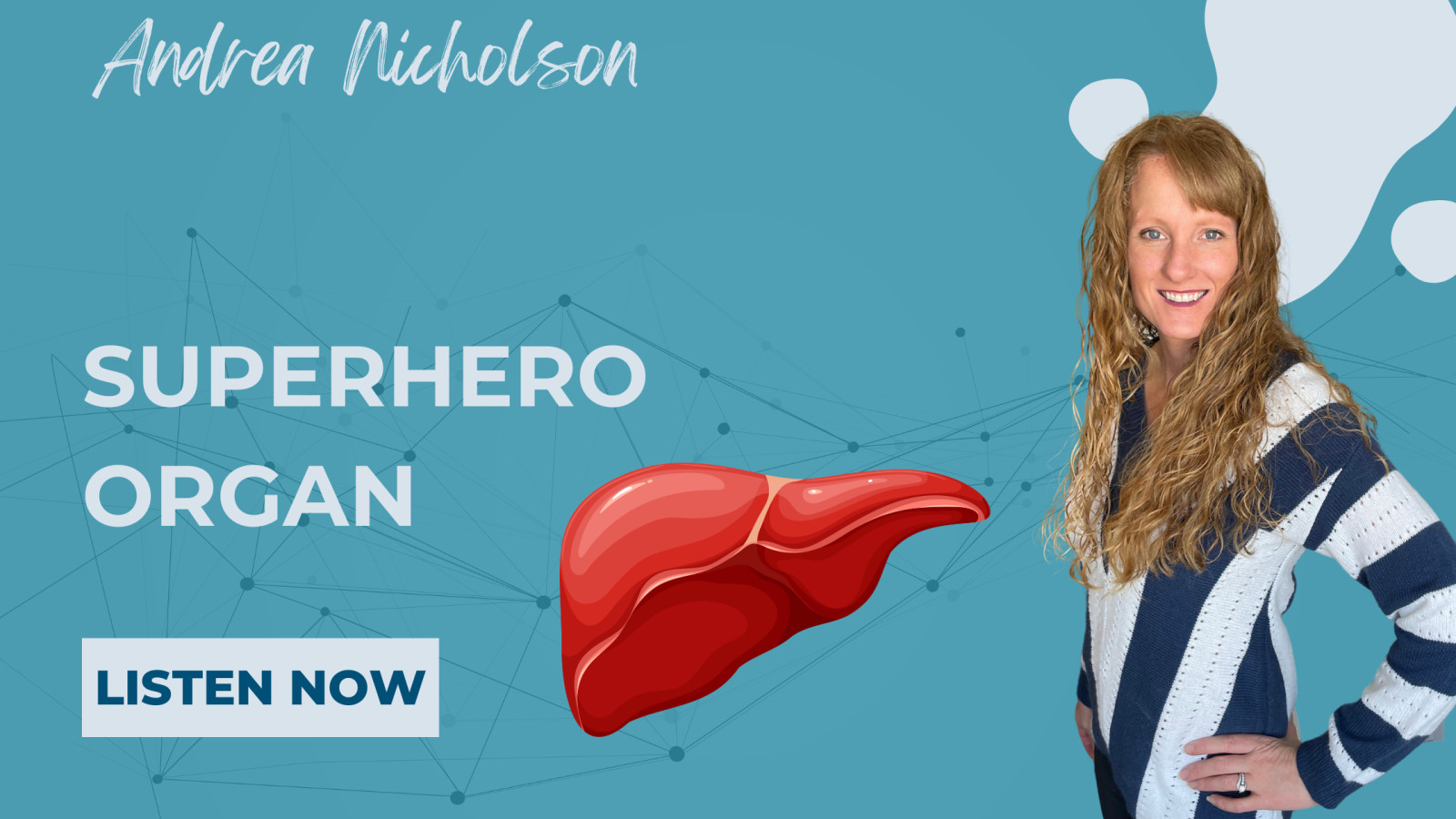
Our society is obsessed with weight…but is it really what we should focus on? In this article I’ll share my thoughts on why weight is the wrong metric to focus on (if at all).
Weight is the most common “pain point” clients want to work on – which is why the diet and fitness industry is so massive. Most of the industry’s focus is on how weight makes you look and feel about yourself. Everyone can see it. But being overweight doesn’t automatically mean you’re unhealthy, just as being of a “healthy weight” doesn’t automatically mean you’re healthy.
A commonly held belief is someone gains weight and the weight triggers diseases like hypertension, diabetes, and cardiovascular disease. However, science shows that in about 80% of cases, the metabolic dysfunction happened first and that led to weight gain.
The sickness started first. Excess weight is an outward symptom of the problem – NOT the cause in most cases. Many metabolic disorders and chronic conditions can be reversed long before weight loss happens. This should be the real goal!
Weight doesn’t equal health
Research has found that 20% of the obese population are actually metabolically healthy (termed Metabolically Healthy Obese – MHO). There is also a large portion of the population that are of normal weight who are not metabolically healthy (Thin on the Outside/Fat on the Inside – TOFI, In fact, 88% fall into the metabolically unhealthy category – regardless of weight. Leaving only 12% of the total population in the metabolically healthy category – regardless of weight.
For years we’ve been told the body mass index (BMI) is the marker that matters – a calculation using your height and weight. This calculation doesn’t take into account how much lean muscle, bone, and tissue you have vs how much fat mass you have. And of course, it doesn’t take into account where or what type of fat you have. Visceral or organ fat is the most dangerous kind. Subcutaneous fat is generally what we can see, but is far less harmful. And we have two different types – white and brown fat tissue. White fat is the normal fat we know and tend to hate. Brown fat is metabolically active and generates heat.
Family History of Metabolic Dysfunction
Does chronic disease run in your family? If yes, don’t be too quick to blame genetics or think that you can’t do anything because of your genetics. Our behaviors, choices, and habits also tend to run in families. These trends are more likely from common behaviors, common toxin exposures, and other epigenetic factors that trigger the development of these diseases and disorders.
Markers of Metabolic Health
So if weight isn’t what we should pay attention to, what does matter? Inflammation is at the root of all chronic disease – maybe you’ve heard that. But what causes the inflammation? And how do you know if you have inflammation?
The causes of inflammation are poor diet (high sugar/carb, highly refined, filled with vegetable oils), toxins (smoking, alcohol, chemicals), stress (physical, emotional, psychological), imbalanced microbial population, and lack of quality sleep.
How do you know if you have metabolic dysfunction? There are several lab tests that can assess your metabolic health and inflammation levels: fasting glucose, fasting insulin, cholesterol panel with triglycerides, homocysteine, ALT, AST, uric acid, and hemoglobin A1c, stool testing for microbiome health and digestive function, and food sensitivity testing. You can also assess various symptoms – arthritis, tendonitis, bursitis, gout, chronic headaches, chronic joint or muscle pains, fatigue, low energy, brain fog, cognitive decline, erectile dysfunction, hormone imbalances, unexplained weight gain, constant hunger or cravings, shakiness if you miss a meal, migraines, and chronic digestive issues are all signs of poor metabolic health and inflammation.
Its also important to pay attention to your waist circumference (should be <40″ men, 35″ women), blood pressure (especially in a relaxed state at home), energy levels, sleep quality and restfulness, and stress levels.
What if your markers aren’t where you want them?
There are 3 pillars – nutrition (anything you put in and on your body), lifestyle (stress, sleep, exercise, fresh air, sunshine, joy), and inner work (mindset, attitude, gratitude, and thought patterns). These are the main drivers for every function (or dysfunction) in the body. Most ailments can be improved or fully reversed through holistic practices that deal with the cause of the problem rather than masking the symptoms with medications. It’s never too late to make changes!





















0 Comments